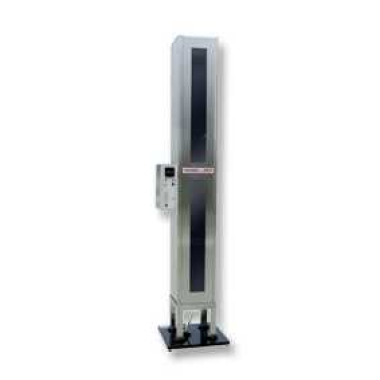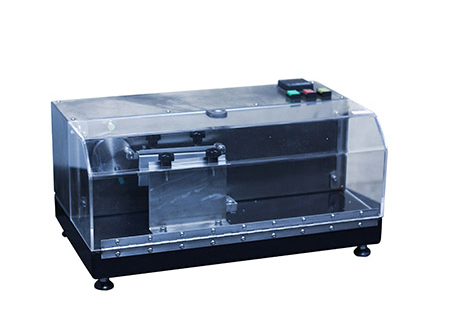ASTM Standards for Fabric Abrasion and Pilling Resistance Testing
Blog 26 9 月, 2025
Abrasion resistance and pilling resistance are two important performance characteristics of textiles. Abrasion resistance measures a material’s ability to resist surface wear caused by friction, while pilling testing evaluates a fabric’s tendency to form small balls of fibers on its surface after abrasion or friction. Many ASTM standards address these properties:
Abrasion resistance testing:
ASTM D3884: Current Manual for the Abrasion Resistance of Fabrics (Rotating Platform, Double-Head Method).
ASTM D4966: Standard Test Method for Abrasion Resistance of Textile Fabrics (Martindale Abrader Method).
ASTM D4157: General Test Method for Abrasion Resistance of Textile Fabrics (Oscillating Cylinder Method).
Pilling resistance testing:
ASTM D3511: Standard Test Method for Pilling Resistance of Fabrics and Various Related Surface Conditioning: Brush Pilling Tester.
ASTM D3512: General Test Method for Random Tumble Pilling Tester.
ASTM D4970: Standard Test Method for Pilling Resistance and Additional Attached Surface Changes of Fabric Cloth: Martindale Tester.
These requirements provide a comprehensive methodology for completing tests and interpreting results, ensuring that producers and buyers can rely on regular quality assessments.
Benefits of Testing
ASTM standards for abrasion and pilling tests, along with ASTM D4966 (Martindale Abrasion Test Method) and ASTM D3512 (Random Tumble Pilling Test Method), provide a wide range of benefits to the textile industry. These standards ensure consistent and reliable evaluation of fabric durability and surface integrity. By adhering to these standards, manufacturers can accurately predict how fabrics will perform under real-world conditions, thereby improving product quality and consumer satisfaction.
Abrasion resistance tests assess a fabric’s ability to resist surface abrasion, which is critical for applications requiring high durability, including upholstery and workwear. Pilling tests assess the formation of small fiber balls, which affect the material’s appearance and durability. Standardized tests enable fabric evaluation, aesthetic control, and fabric engineering innovation. These standards help manufacturers produce fabrics that maintain their aesthetic and functional properties over time, thereby enhancing buyer trust and brand recognition.
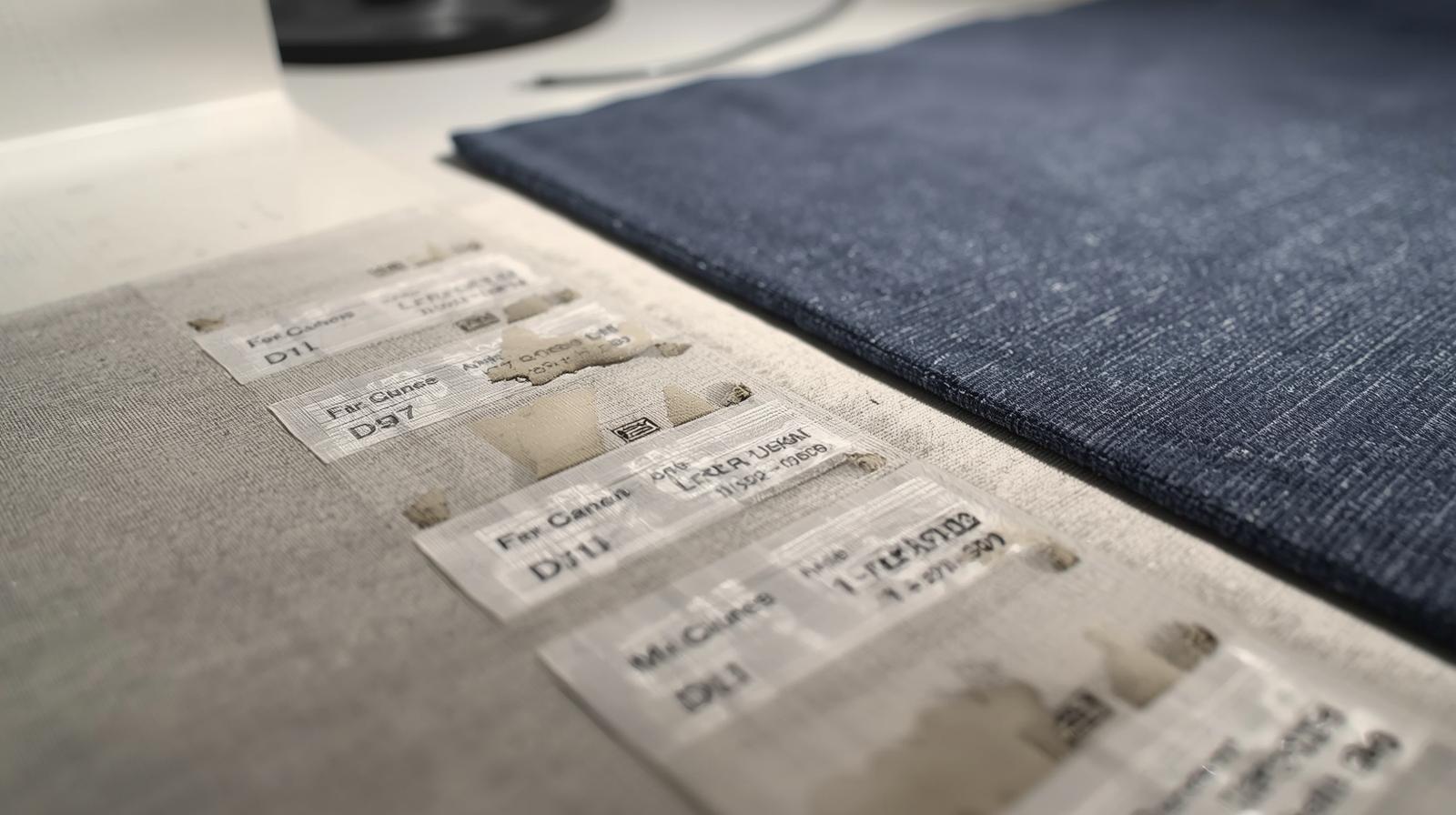
What is ASTM D 2344?
ASTM D2344 is recognized by the industry as the “Standard Test Method for Short Beam Strength of Polymer Matrix Composites and Their Laminates.” This standard has a wide range of applications and is not always directly related to material wear or pilling. Instead, it focuses on the mechanical testing of composite materials, particularly the interlaminar shear strength of laminated composites.
Key Aspects of ASTM D2344
Scope:
This test method is intended to determine the in-plane interlaminar shear strength of unidirectional or multidirectional polymer matrix composites. It is applicable to composites made from high-modulus fibers and thermoset or thermoplastic resin matrices.
Test Specimens:
Test specimens are typically rectangular bars with specified dimensions to ensure consistent testing. The specimen thickness must be determined to determine the failure mode in interlaminar shear. The standard provides unique guidance on specimen practices to ensure consistent and accurate testing.
Applications of ASTM D2344 in Industry:
The ASTM D2344 standard is primarily used in industries that rely on composite materials. For example, in the aerospace industry, components such as wings, fuselage sections, and control surfaces are often made from composite materials. Ensuring the interlaminar shear energy of these additives is crucial, as delamination can lead to catastrophic failure. By following ASTM D2344. manufacturers can ensure their composite materials possess the shear strength required to resist operational stresses.
In addition, the automotive industry uses composites to reduce vehicle weight while maintaining dynamic performance and durability. Additives such as body panels, chassis components, and interior systems benefit from composites’ high energy-to-weight ratio. ASTM D2344 allows verification of the quality and reliability of these materials, ensuring they function properly under varying load conditions.
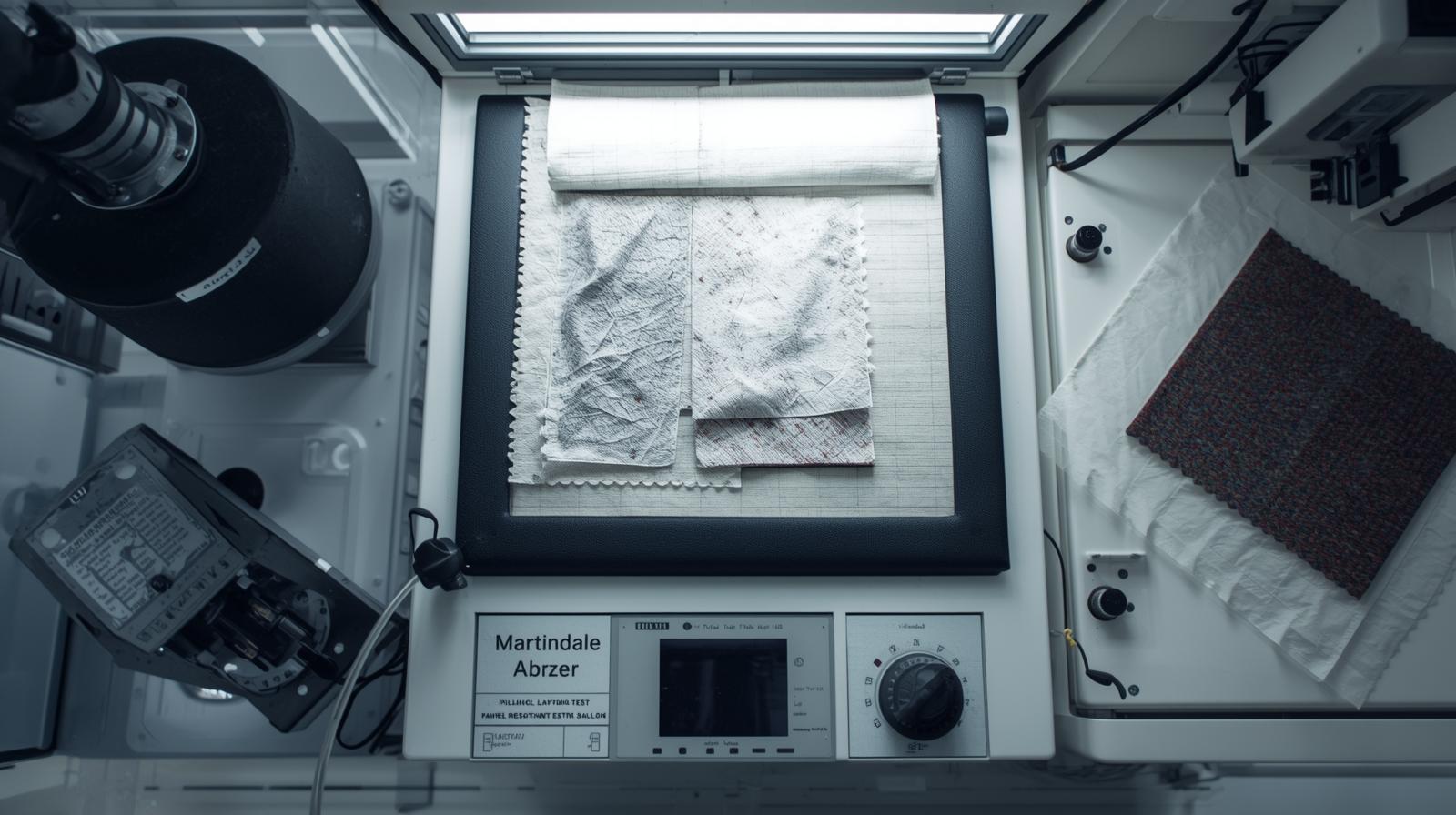
What is ASTM D6641?
ASTM D6641. titled “Standard Test Method for Compression Properties of Polymer Matrix Composites Using a Combined Load Compression (CLC) Test Apparatus,” addresses the compressive properties of polymer-based composites.
Key Components of ASTM D6641
Scope:
This test method determines the compressive strength, modulus, and Poisson’s ratio of polymer-based composites. It is relevant to both unidirectional and multidirectional fiber-reinforced materials.
Test Specimen:
The standard specimen is a rectangular bar with an aspect ratio generally approximately 10:1. The thickness should be determined based on the material’s intended use. We provide detailed information for specimen practice to ensure accurate and consistent testing.
Significance:
This test method provides valuable data on the compressive behavior of composite materials, which are critical for structural packaging. Understanding compressive strength and modulus helps design additives that can resist compressive loads without failure. Material selection, design, and fine-management techniques all utilize the results of this test.
Application of ASTM D6641 in Textiles
ASTM D6641 is only sometimes directly applicable to textile applications because it focuses on the compressive properties of polymer-matrix composites, not fabrics. However, the compression testing concepts in ASTM D6641 can facilitate similar strategies in textile engineering, primarily for evaluating the compressive behavior of non-traditional textile composites used in advanced applications.
For example, the compressive strength and stiffness of textile composites containing fibers and polymers can be evaluated to ensure they meet the structural requirements of technical textiles used in protective apparel, automotive interiors, or aerospace systems. While the methods in ASTM D6641 are not specifically designed for textiles, they can support the manual development and testing of high-performance textile composites.
What is the ASTM D3512 standard? ASTM D3512 is a high-level “Standard Test Method for Random Tumble Pilling” that is directly relevant to evaluating the pilling resistance of textile fabrics. It provides a method for comparing the pilling tendencies of fabrics using a random tumble pilling tester.
What is ASTM D 3512?
Key Aspects of ASTM D3512
Scope:
This test method evaluates the pilling characteristics of textile materials. It is applicable to a wide range of materials, including woven and knitted fabrics.
Test Specimen:
The specimen is typically a round piece of fabric cut from a sample fabric. Multiple specimens are examined to ensure statistical reliability. The standard provides tips for specimen preparation and reduction to ensure consistent testing.
Significance:
This test method provides a reliable method for predicting the pilling behavior of fabrics in actual international use. Manufacturers can use this information to improve material production and select materials that are less prone to pilling, thereby enhancing the quality and durability of textile products. The results of this test aid fabric selection, product improvement, and quality control procedures within the textile industry.
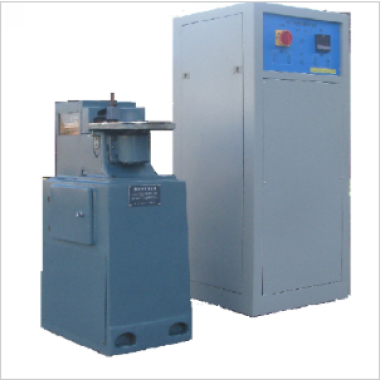
What are the differences between the three standards?
While ASTM D2344. ASTM D6641. and ASTM D3512 are all important standards in their respective fields, they have specific functions and adhere to different types of materials and test conditions. Here are the key differences:
Material Focus:
ASTM D2344: Focuses on polymer-based composites and their laminates, specifically evaluating interlaminar shear strength.
ASTM D6641 also addresses polymer-based composites but evaluates compressive properties such as energy, modulus, and Poisson’s ratio.
ASTM D3512: Addresses textile fabrics and compares pilling resistance using the random tumbling method.
Test Objectives:
ASTM D2344: Determines the degree of interlaminar shear strength in composite materials, which is critical for procedures where delamination is a concern.
ASTM D6641 measures the compressive properties of composites, providing important information for structural applications involving materials under compressive loads.
ASTM D3512: Evaluates the pilling resistance of fabrics, providing information on the durability and appearance of the fabric after wear.
Importance and Applications:
ASTM D2344 is crucial for industries such as aerospace and automotive, where it is used in structural packaging containing composite materials.
ASTM D6641 is essential for structural engineering and design, ensuring that composite materials can withstand compression.
ASTM D3512 is crucial for textile manufacturers, helping them produce durable and aesthetically pleasing fabrics.
ASTM material standards for abrasion and pilling testing, as well as composite materials, provide essential recommendations for evaluating fabric performance and durability. ASTM D2344. ASTM D6641. and ASTM D3512 each serve diverse purposes, ranging from measuring the interlaminar shear strength and compression properties of composite materials to evaluating the pilling resistance of fabrics. Understanding these standards is crucial for manufacturers and engineers to ensure their products offer excellent reliability and durability in a variety of applications.
In the rapidly evolving fields of materials technology and engineering, these standards play an essential role in driving technology and innovation. By adhering to these requirements, industries can ensure their products meet stringent quality requirements and perform reliably in their intended applications. This ensures the strength of aerospace components. It does the same for automotive parts and textile products. ASTM requirements provide a strong framework for good warranty and continuous improvement.
